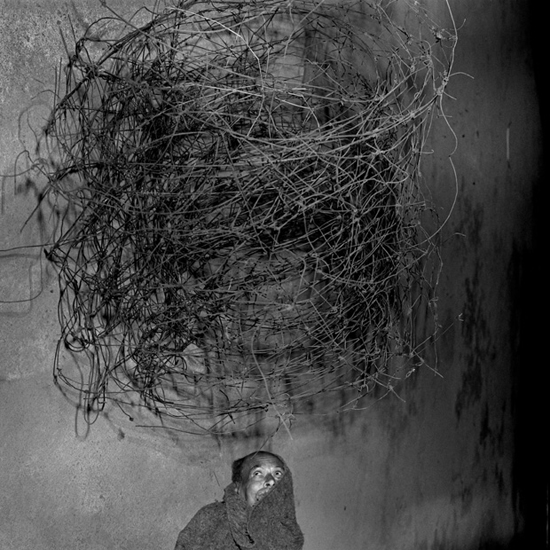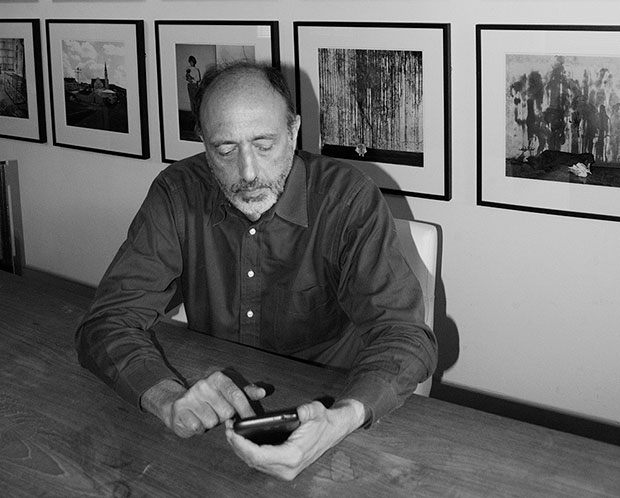
Photos That Changed The World - Twirling Wires
From 1930 until 1960 photography was premised on transparency. Roger Ballen was one of the photographers who changed that, seeking out those members of society who could not be so easily understood
From 1930 until 1960 photography was premised on transparency. Most portrayals, it appeared, revealed something of the character of the subject. Then doubts set in and alternatives emerged. Photographers began to look for people who could not be construed. Roger Ballen, active in South Africa since the 1980s, was one such photographer.
One early Ballen tactic was to choose subjects who were strongly marked but impassive. A second was to place the subject in a context that only seemed relevant. A third was to encourage someone to act inexplicably enough to defy common sense. The alarmed figure in the photo above shrinks from something embodied in that hank of netting. The wires stand for a state of mind and the hooded man acts appropriately.
The photographer illustrates the condition, as if to poiint out that it could not be accessed by mere observation. Ballen's portraits, as in Outland in 2001 for example, appear to embody extreme states of mind too serious to be gauged.

You can see the photo in The Photography Book and also in Roger Ballen's book Shadow Chamber. Browse our entire Ballen collection here including our online content and check out his prints on Artspace here.
You can also read previous entries in our Photos That Changed The World series on Weegee, Ansel Adams, Richard Avedon, George Silk and Eadweard Muybridge; and if you like what you've read, you'll find a whole lot more in The Photography Book here. Finally, here's an interview with its author, Ian Jeffrey.